

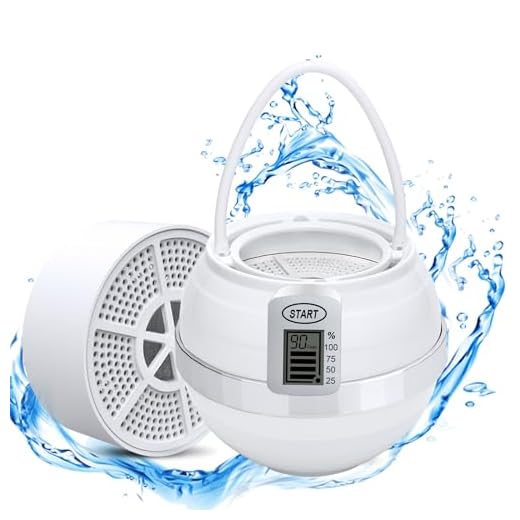

To extend the lifespan of your cleaning equipment, regular maintenance is non-negotiable. I’ve seen countless devices fail not because of inherent flaws, but due to neglect. Ensure you check hoses regularly for cracks and kinks, as these can lead to significant pressure drops and inefficiencies.
Another frequent issue arises from improper storage. Leaving your unit exposed to extreme temperatures can cause components to warp or degrade. It’s advisable to store equipment in a climate-controlled environment, away from direct sunlight and moisture, which can jeopardise seals and electrical circuits.
Utilisation of incorrect detergents or cleaning solutions is also a prevalent mistake. Certain chemicals can corrode internal parts, leading to catastrophic failures. Always opt for manufacturer-recommended cleaners to safeguard your machine’s integrity and avoid costly repairs.
Finally, inadequate operator training can lead to misuse, resulting in premature wear and tear. I recommend investing time into understanding your equipment’s specifications and limitations before use. This proactive approach will not only enhance performance but will also significantly reduce the risk of damage.
Reasons Behind Frequent Failures
In my extensive experience within the cleaning equipment industry, frequent failures of high-pressure cleaning devices can often be attributed to several key factors. Understanding these can significantly enhance the longevity of your equipment.
Low-Quality Components
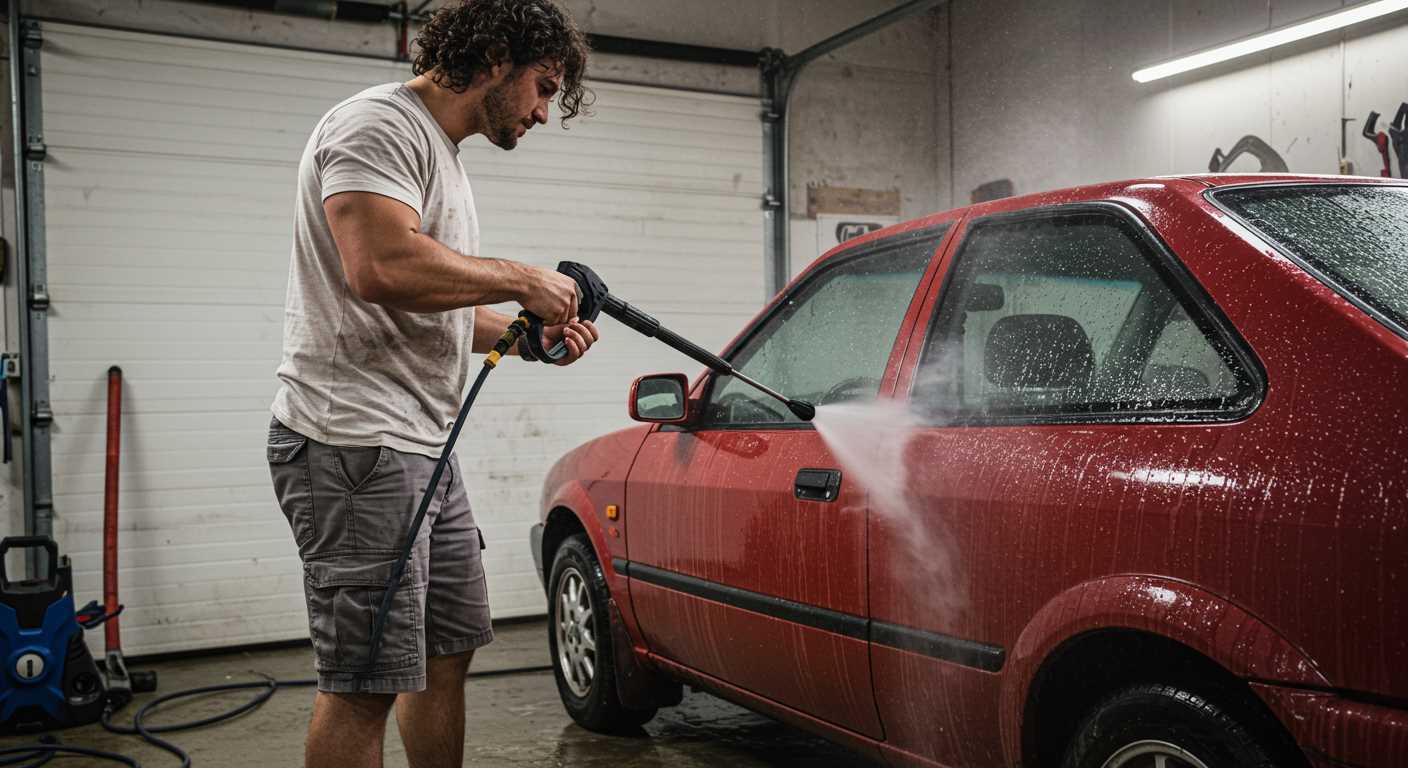
Manufacturers sometimes opt for cheaper materials to reduce production costs. This compromises the durability of the machinery. Investing in models built with robust and high-grade materials will pay off in the long run.
Improper Maintenance
Lack of regular upkeep can lead to significant damage. Owners should routinely check for clogs, wear on hoses, and ensure all seals are tight. A proactive maintenance routine, including winterization, can prevent internal damage caused by freezing temperatures. Always refer to the manufacturer’s guidelines for specific care instructions.
Common Safety Features That Often Fail
During my years in the industry, I frequently encountered safety features that, paradoxically, could compromise equipment reliability. One of the most common defects arises in thermal relief valves. These valves, designed to release water to prevent overheating, can become clogged with mineral deposits, rendering them ineffective. Regular maintenance of these components is vital to ensure they function properly and extend the lifespan of the equipment.
Safety Switches
Another critical element is the safety switch, which is intended to cut power in the event of a malfunction. Unfortunately, these switches can deteriorate over time due to wear and tear or environmental factors. If this occurs, the risk of electric shock increases significantly. Testing these switches periodically can prevent potentially hazardous situations.
Hoses and Connections
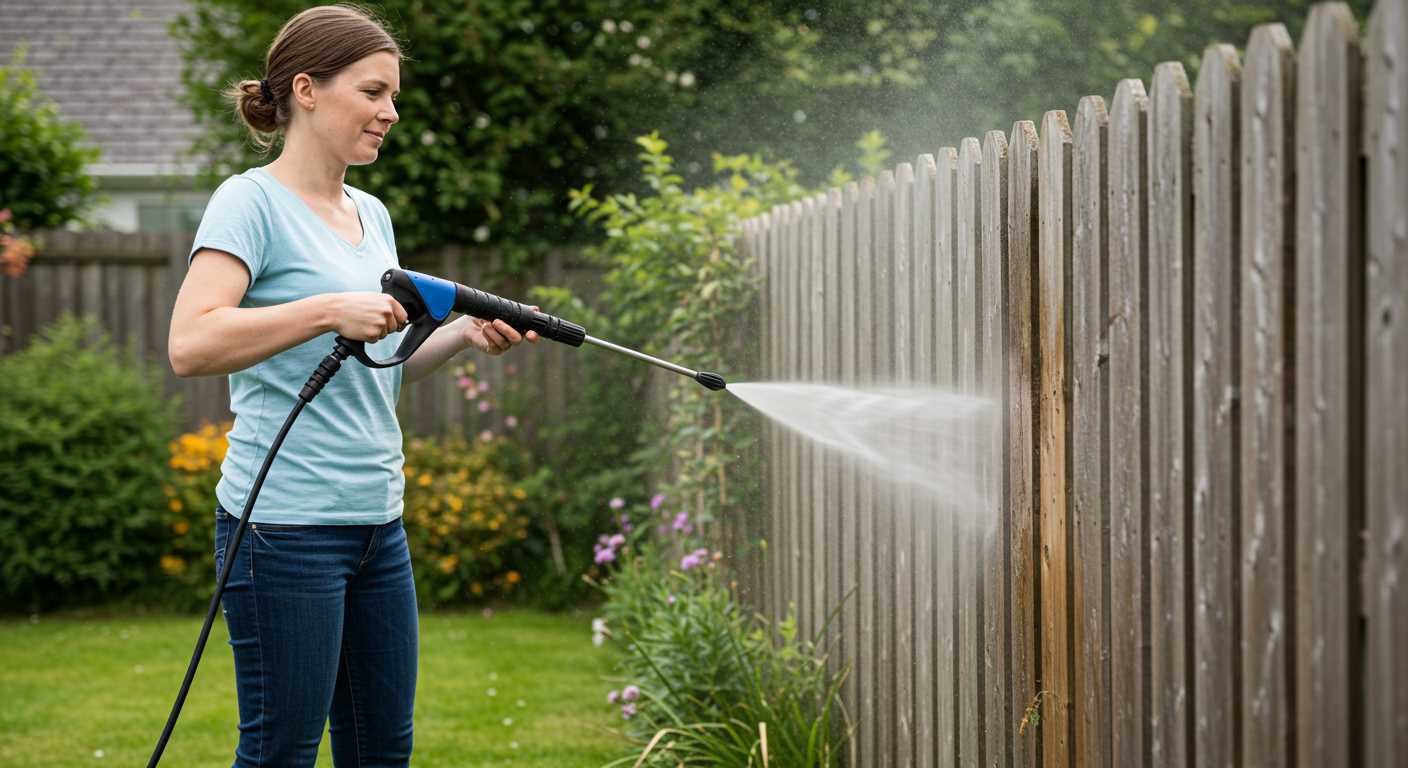
Hoses equipped with built-in safety features such as burst guards may also fail, often because of improper use or storage. These guards are designed to protect against high-pressure damage, but if not maintained, they can crack or weaken. Inspecting hoses regularly and storing them correctly can mitigate this issue and enhance safety.
Impact of Poor Maintenance on Equipment Longevity
Regular upkeep significantly extends the lifespan of cleaning equipment. Neglecting to follow maintenance protocols leads to premature failures and costly repairs. For instance, failing to clear out debris from filters can result in diminished performance and engine strain, which might ultimately damage internal components.
Key Maintenance Practices
Firstly, routinely inspecting and changing oils can enhance the smooth operation of engines. Dirt and impurities can accumulate, leading to friction and overheating; therefore, a clean oil filter is essential. Additionally, checking and replacing hoses regularly prevents leaks and burst incidents, which are common when old and worn materials are in use.
Seasonal Storage Considerations
Storing the equipment properly during off-seasons plays a pivotal role in maintaining its integrity. Draining water completely from the unit prevents freezing damage, while using stabiliser for fuel keeps it functional during periods of inactivity. Always ensure the equipment is kept in a dry, sheltered location to avoid rust and corrosion.
How Seasonal Changes Affect Performance
Temperature swings can impact equipment functionality. In colder months, water inside the unit may freeze, leading to potential harm to components. Always ensure to store your equipment in a climate-controlled space to avert this issue.
During summer, high heat can cause overheated motors. Use your unit during cooler parts of the day to maintain optimal performance and avoid thermal stress.
| Season | Potential Issues | Recommendations |
|---|---|---|
| Winter | Frozen hoses, damaged pumps | Store indoors; use antifreeze solutions |
| Spring | Pollen and debris accumulation | Inspect and clean before storing |
| Summer | Overheating | Operate in early mornings or late afternoons |
| Autumn | Falling leaves clogging filters | Regular checks and cleanups are advisable |
Humidity also plays a role. High moisture levels can lead to rust and corrosion. Having a dehumidifier in storage spaces can help prolong the life of the device.
Be mindful of your surroundings during seasonal changes. Debris like leaves or snow can clog filters, affecting water flow. Regular maintenance will ensure that your equipment remains in peak condition throughout the year.
Understanding the Role of Water Quality in Damage
.jpg)
Using water with high mineral content can significantly impair the functionality of these cleaning devices. Minerals such as calcium and magnesium can accumulate within the internal components, leading to blockages and reduced pressure. It’s advisable to regularly check the water hardness levels and, if necessary, employ a water softener to prevent scale build-up.
Chlorine and other chemicals commonly found in municipal water supplies can also have detrimental effects. These substances may corrode internal metal parts and seals over time. Filtering the water can mitigate this issue, prolonging the lifespan of the equipment.
Always monitor the pH levels of the water; ideally, it should fall between 6.5 and 8.5. Water outside this range can cause accelerated wear on seals and gaskets, leading to expensive repairs. Testing kits are readily available and provide accurate readings to ensure optimal conditions.
Contaminants such as dirt, sand, or organic matter can enter the system and cause significant damage. Always use a clean water source and consider installing an inline filter to capture debris before it reaches sensitive components.
Regular maintenance should include flushing the system after each use, particularly if using untreated water or during extended periods of inactivity. A thorough rinse helps eliminate any build-up and ensures smooth operation for future tasks.
In summary, vigilant attention to water quality is paramount for maximising the reliability and durability of these cleaning devices. Taking preventive measures will save time and reduce repair costs in the long run.
Identifying Design Flaws in Budget Pressure Washers
Inspecting the structural integrity of lower-priced models reveals several common pitfalls that can significantly compromise performance and longevity. Understanding these flaws is essential for making an informed purchase.
1. Inadequate Materials
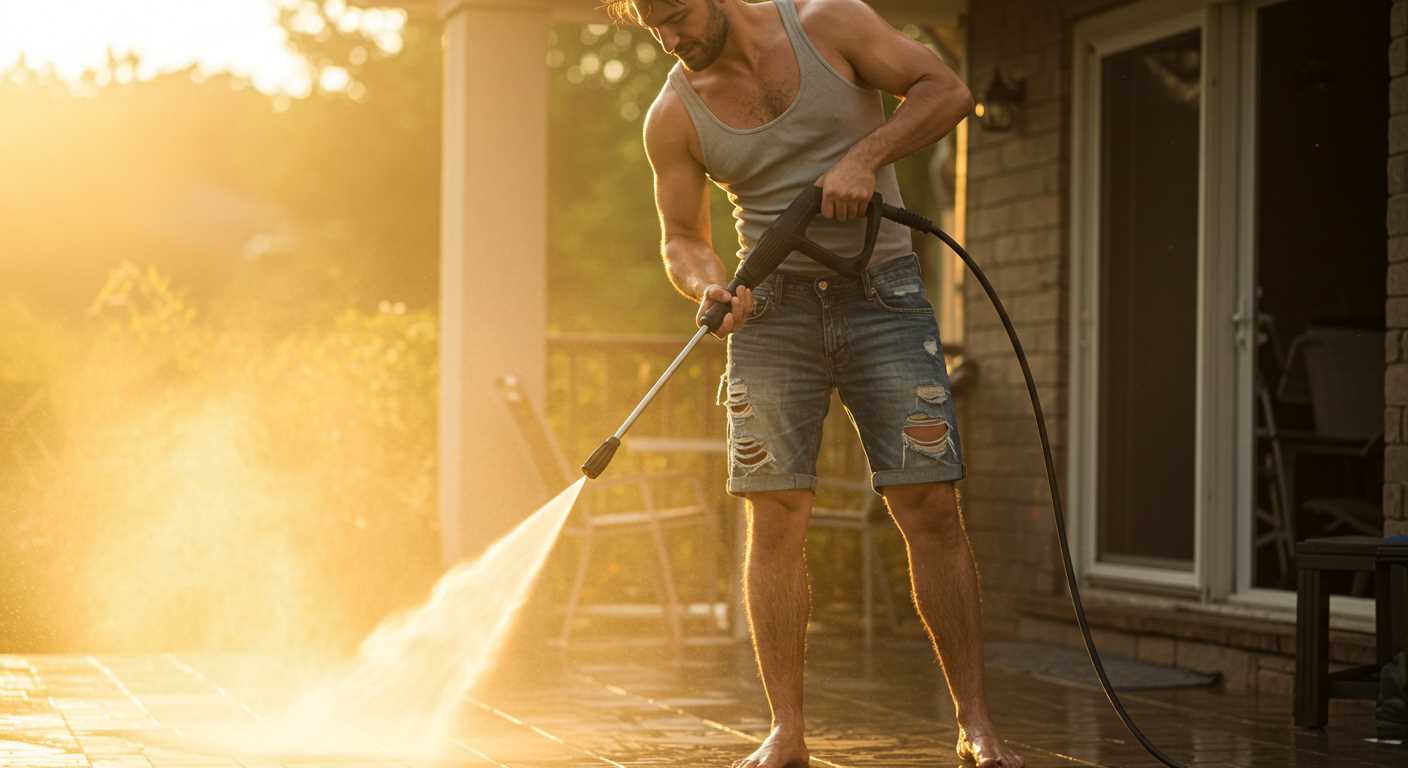
- Plastic Components: Many budget options utilise low-grade plastics that can crack or warp under pressure or high temperatures.
- Thin Metal Frames: Supports often lack robustness, leading to bending or breakage during heavy use.
- Subpar Seals: Inexpensive seals can degrade quickly, resulting in leaks and inefficient operation.
2. Poor Ergonomic Design
- Uncomfortable Handles: Designs that don’t consider user comfort can cause fatigue, leading to improper handling and potential accidents.
- Weight Distribution Issues: A top-heavy design can make manoeuvrability difficult, increasing the risk of dropping the unit.
- Inaccessible Controls: Controls that are hard to reach may result in unintuitive operation, forcing users to strain while trying to adjust settings.
By being aware of these design flaws, one can make more knowledgeable decisions when selecting affordable cleaning devices. Prioritising quality features can ultimately save time, money, and frustration.
How User Error Contributes to Frequent Breakdowns
Understanding how user actions impact the durability of cleaning equipment is crucial. Neglecting to follow manufacturer guidelines or misusing tools can lead to significant failures. Here are some common missteps and their consequences:
Common User Errors
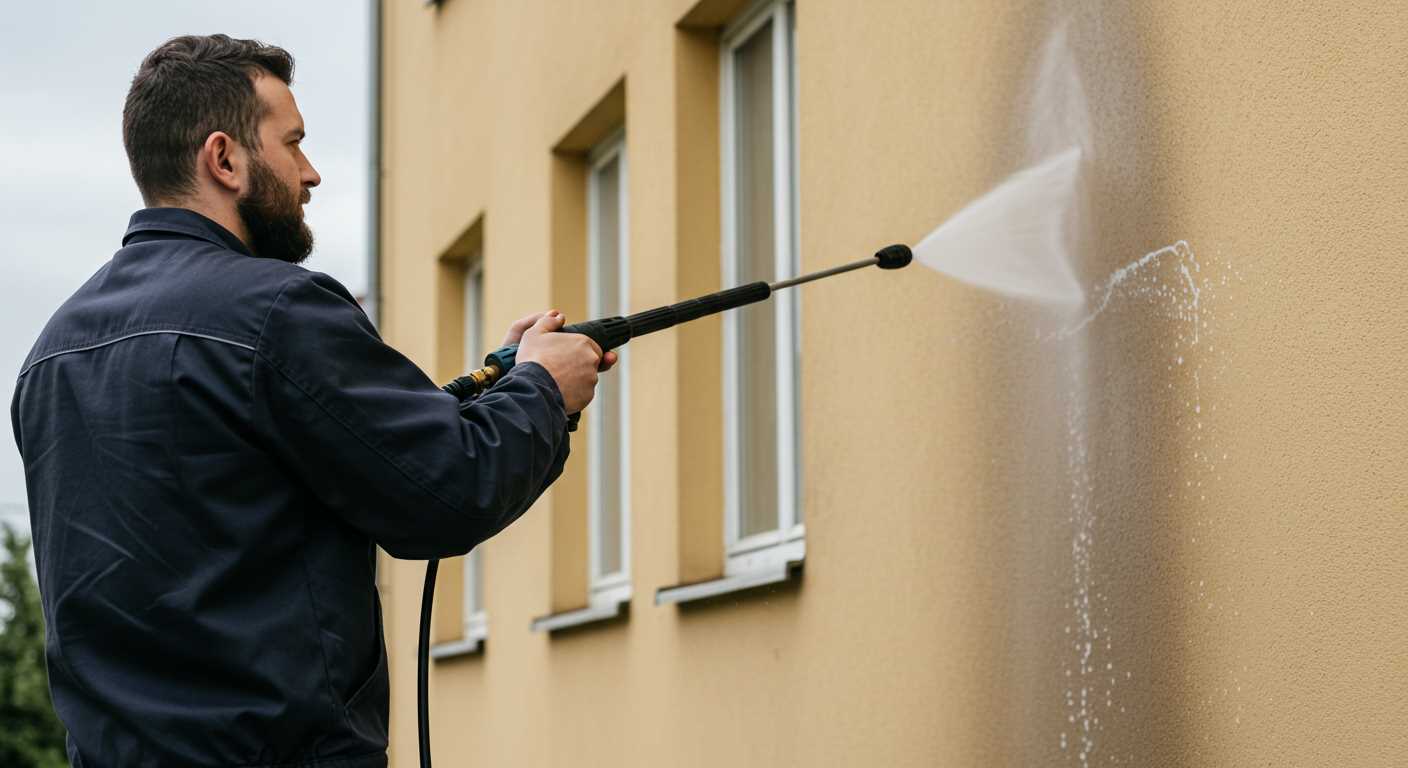
- Incorrect Operating Pressure: Many users operate at higher settings than necessary. This can strain components and lead to leaks or mechanical failures.
- Using Damaged Hoses: Continuing to use frayed or cracked hoses can cause water pressure issues and potential backflow, damaging internal parts.
- Neglecting to Winterise: Failing to protect machinery from freezing temperatures can result in cracked pumps, which are often irreparable.
- Inadequate Fuel Management: Running a unit on old or contaminated fuel can clog filters and damage the engine, leading to costly repairs.
Maintenance Neglect
- Skipping Routine Checks: Regular inspections are essential to catch issues early. Ignoring this step can turn minor problems into major breakdowns.
- Improper Storage: Leaving equipment exposed to elements without proper cover can cause corrosion and wear, especially on metal parts.
- Incorrect Soap Use: Utilising non-compatible cleaning agents can damage seals and weaken overall functionality.
Addressing these common errors proactively can enhance performance and extend the lifespan of your equipment. Implementing a consistent maintenance schedule and adhering to operational guidelines will significantly mitigate risks associated with user negligence.







